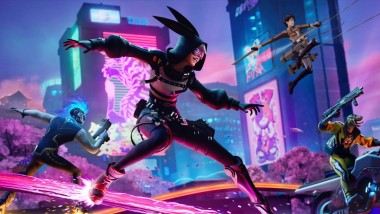60 Percent Of Playtime In 2023 Went To 6-Year-Old Or Older Games, New Data Shows
A newly released game industry report by market researcher Newzoo shows that while the PC and console market grew 2.6 percent in 2023, overall playtime decreased as gamers spent more and more time in a smaller list of old games like https://kotaku.com/fornite-og-map-season-chapter-4-update-1850990645* *and League of Legends.




Add comment